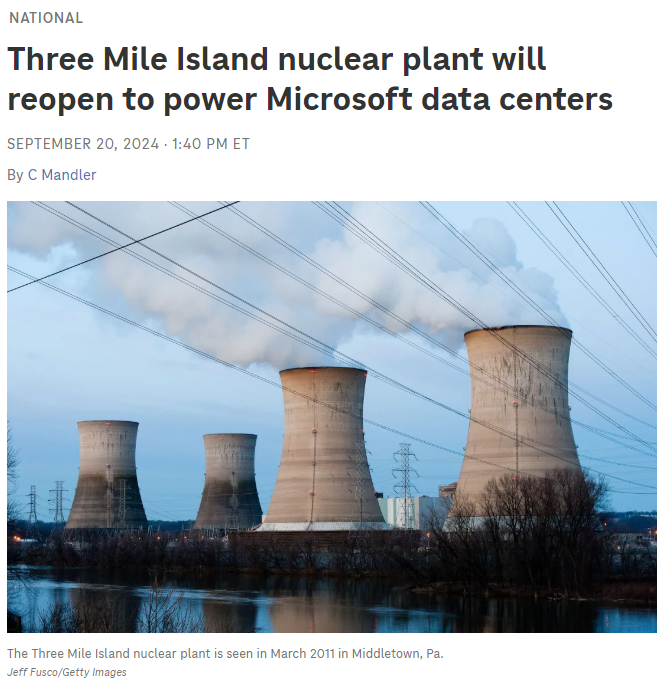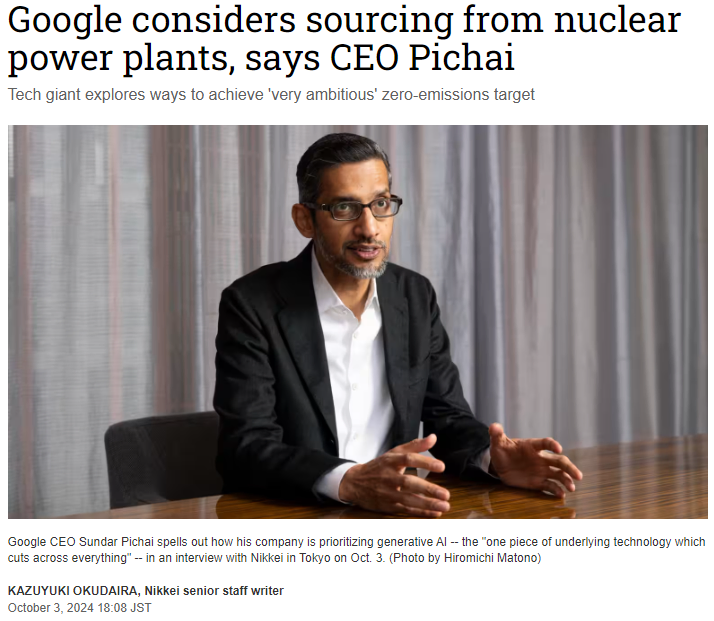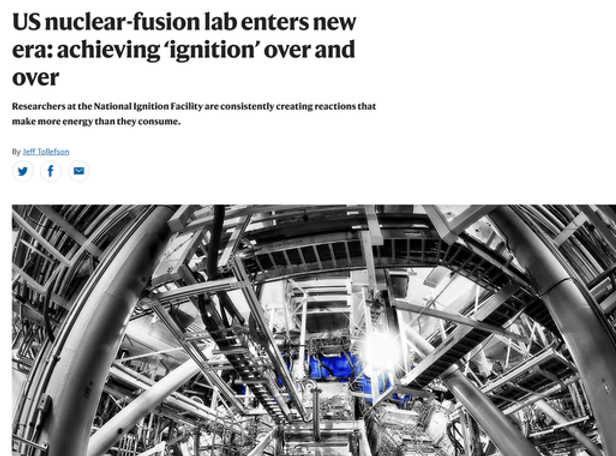Hello, and welcome to A-One Institute, where we provide exceptional AP courses and comprehensive GPA management.
Today, we will examine the evolving industrial landscape of "Energy."
Humanity faces a pressing need to adopt low-carbon energy solutions due to growing environmental concerns. At the same time, the rapid advancement of AI has intensified apprehensions about energy shortages. Let us delve into the latest developments in the energy sector.
Paris Climate Agreement

In 2015, nations worldwide united to sign the Paris Climate Agreement. Its primary objective is to limit global temperature increases to well below 2°C above pre-industrial levels, with a preferred target of 1.5°C.
REA100

In 2014, select companies committed to achieving net-zero carbon emissions. Businesses prioritizing sustainability achieve higher ESG scores, encouraging more organizations to adopt such initiatives over time.
Amid this momentum, renewable energy has gained prominence, especially following the Obama administration’s emphasis on its development. The principal renewable energy sources include:
-
Solar Energy
-
Wind Energy
-
Hydrogen Energy
-
Hydropower
-
Geothermal Energy
-
Biomass Energy

Despite progress in advancing low-carbon energy technologies, challenges persist. According to the U.S. Energy Information Administration, although policies increasingly favor renewable energy to curb carbon emissions, demand continues to outstrip supply.
Challenges in Solar Energy



An analysis of the solar energy supply chain highlights several key obstacles:
-
Rising Transportation Costs: Shipping costs for solar panels have increased substantially.
-
Raw Material Prices: Polysilicon, a vital component in solar panels, has experienced sharp price hikes.
-
Market Dominance: Chinese manufacturers dominate the market by undercutting prices, thereby reducing profitability.
The combination of escalating costs and declining solar panel prices has created economic imbalances, leading to supply chain disruptions. As a result, sustaining reliable supplies of natural energy remains challenging, heightening fears of energy shortages.
Growing Energy Demand
Several industries are contributing to a rapid surge in energy consumption:
-
Data Centers and Cloud Computing
-
Industrial AI and Automation Systems
-
Electric Vehicles (EVs) and Charging Infrastructure
-
Household Appliances and Smart Home Devices
-
Communication Infrastructure

For instance, a report by Goldman Sachs reveals that a single Google search consumes 0.3Wh, whereas ChatGPT requires 2.9Wh—nearly ten times as much energy.

Energy consumption driven by AI and data centers is projected to rise by 160%, substantially influencing global demand.




The Role of Nuclear Energy
In this context, nuclear energy emerges as the most significant low-carbon energy source, contributing 50% of the low-carbon energy mix and 18.2% of U.S. electricity generation. The United States currently operates 92 nuclear reactors, each with an average lifespan of 40 years.

Recent developments underscore renewed interest in nuclear power:
-
Microsoft invested in the Three Mile Island nuclear facility in Pennsylvania, despite its infamous 1979 meltdown.
-
Google’s CEO has also voiced support for nuclear power to sustain AI growth.
-
The Biden administration allocated $1.5 billion to restart a dormant nuclear power plant in Michigan.


Small Modular Reactors (SMRs)


SMRs are gaining popularity due to their affordability and faster construction times compared to traditional large reactors. These compact reactors offer a practical solution to address energy shortages.
Nuclear Fusion: The Future of Energy

Nuclear fusion—which generates energy by fusing atoms rather than splitting them—holds extraordinary potential. Unlike nuclear fission, fusion produces vastly more energy while generating minimal radioactive waste.
A landmark article in Nature reported the first successful nuclear fusion reaction that yielded more energy than it consumed. If fully developed, nuclear fusion could deliver energy millions of times more efficient than fossil fuels and far superior to existing nuclear technologies.
The energy sector is at a transformative crossroads. As energy demand surges and renewable energy innovations accelerate, groundbreaking technologies like nuclear fusion and SMRs present promising solutions.
Thank you for exploring this critical topic with us. Stay tuned for more insights!
energy
career
tech
